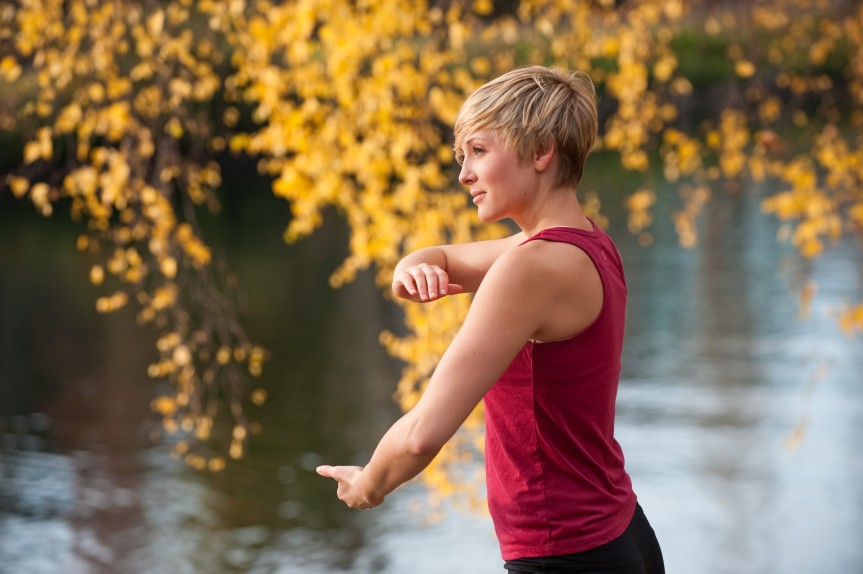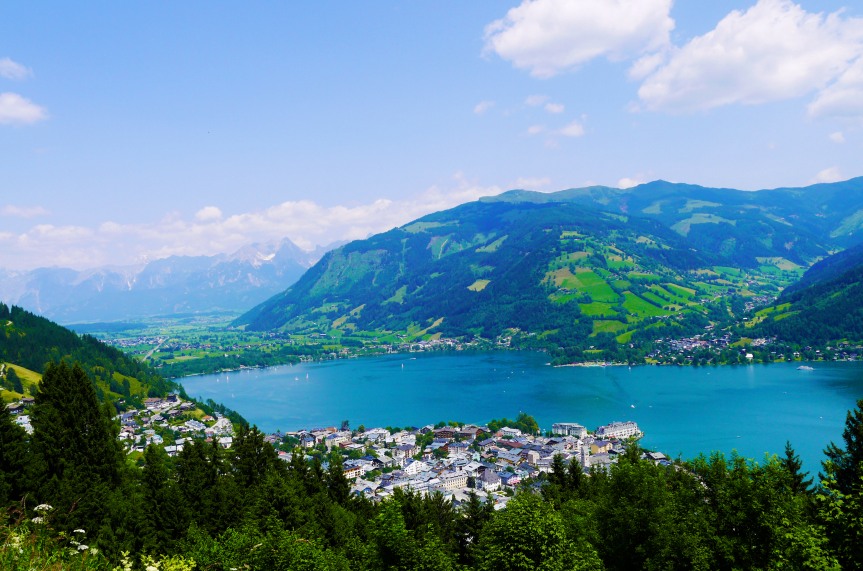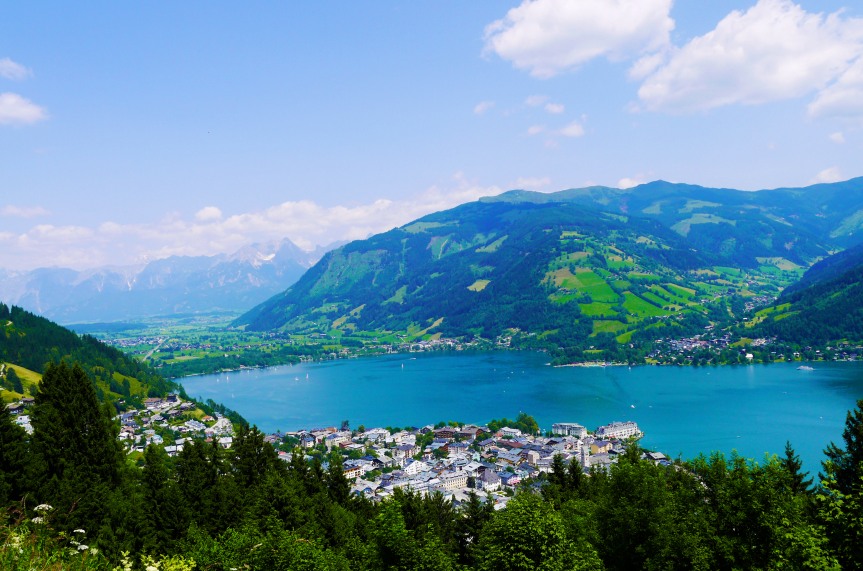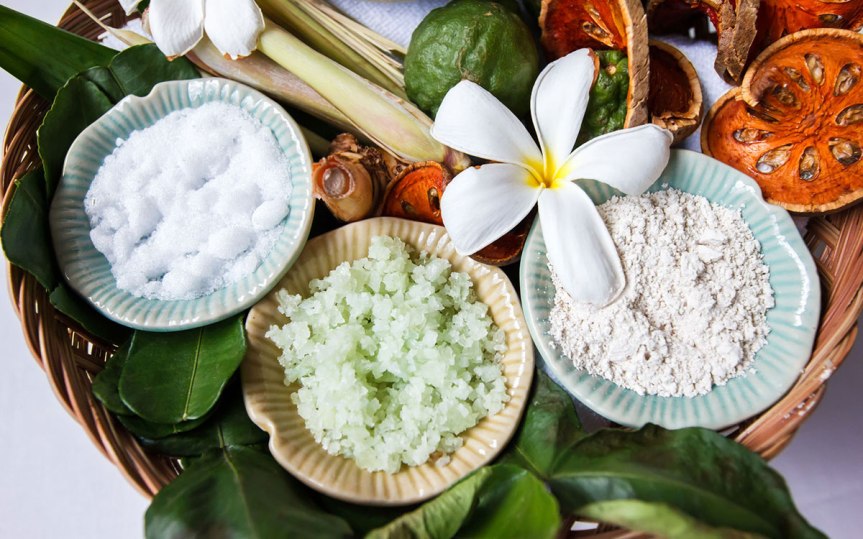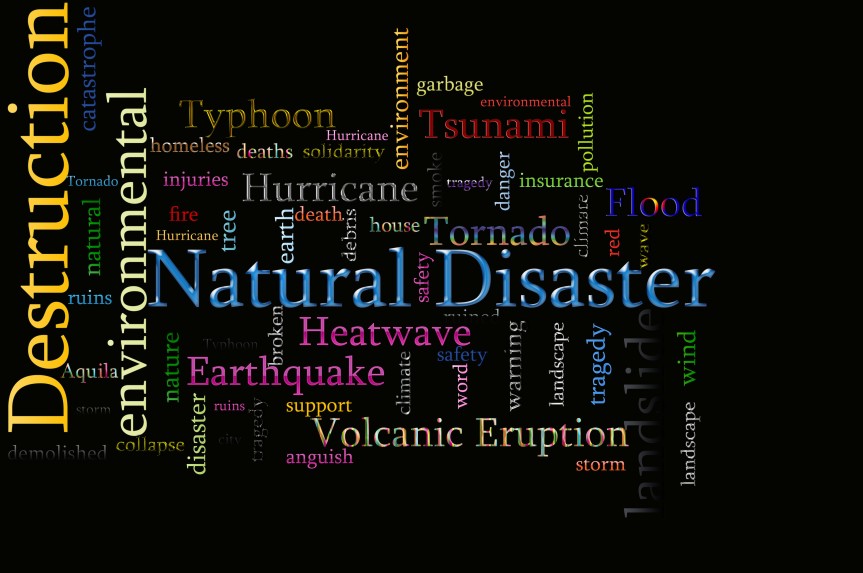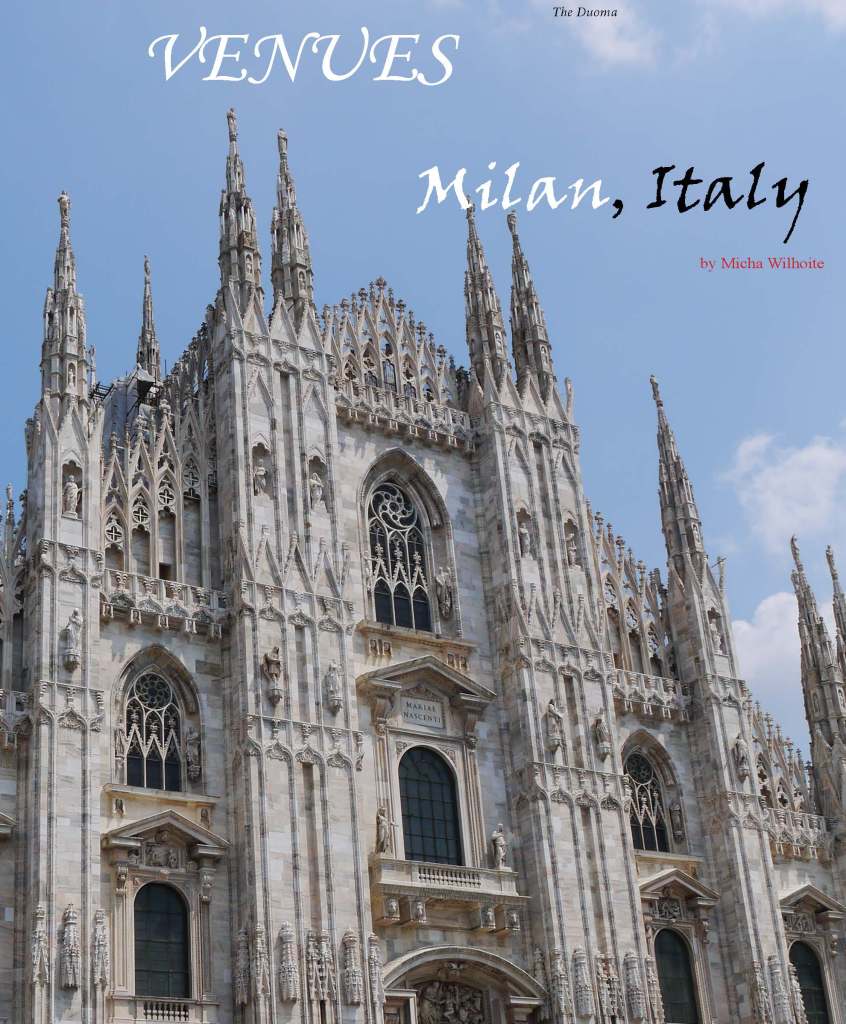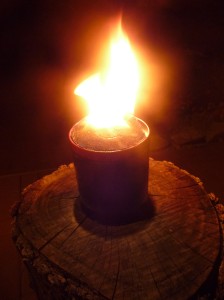With the release of our December/January 2016 issue, “Transitions,” last month, and the New Year upon us, it got me reflecting about change and life stages.
Editor in chief, Kris Costa, references a quote from Heraclitus in this issue’s From the Editor, “The Only Thing That Is Constant Is Change – ” In life change is constant and inevitable. In fact, besides death, change is the only certainty in this life. Change is present in all areas of our life, whether it’s in our relationships, jobs, society, or our character.
I used to be afraid of change, resisting it with every ounce of my mental strength. Every minor possibility of a change in my life would send me into a whirl wind of “what-ifs” that would paralyze me with fear. This year I struggled with the idea of change when it came to aging. I worried over the changes of time and how they have and will continue to affect my appearance. I thought about life transitions and how things won’t always be the same. One day I will be a mom. My body will change, my life will change, and my very dreams will change. Instead of being excited about this idea I found myself fearing it, almost dreading it. Not dreading being a mother, but dreading the changes over time, and how life seems to pass that much more quickly with little ones around. I was dreading that feeling a mother must get when her children grow up and no longer need her the way they once did.
Then I looked around at all my friends who have become mothers. I watched these women grow through our high school years, college, marriage, and now motherhood. These women have changed. They are no longer the same girls I knew in high school. Not once have I looked at their life and thought the changes they went through were negative. Instead, I marvel and admire these women who have morphed through the years into strong, intelligent, kind, capable, and beautiful women (inside and out). It is a beautiful thing to witness a person grow through so many life stages. It’s exciting to see how we will all continue to change and grow (and even age).
Eventually those friends that became mothers will be grandmothers, and I will be a grandmother too. That thought scared me. I was scared about the changes that will take place in my appearance over the years, and the changes that will take place socially. Will the memories of my younger days make me mourn my youth and want to go back? Will the smile lines on my face fill me with sadness or will they fill me with memories of all the laughter I’ve shared with friends and family throughout life? What about the knowledge, wisdom, and experience I’ll have gained in my life? I don’t think I will want to go back to being naïve or wondering how things will turn out or sweating the small stuff. There are many things that can be gained in the older years. One is being established in both family and experience. Aging means learning what’s truly important in life, and it means you have weathered the storms of growth and change.
This brings me to reflect on the changes I have been through in my life. Every time I sense a change coming I fight it. But why? Every change I’ve made so far has been a blessing. I changed jobs almost 2 years ago. I was very unhappy in my old job but I was still fearful to take a leap of faith into a new job. It was one of the best choices I ever made. Switching jobs, getting married, buying a house, were all changes that have been essential parts of who I am today. Quite honestly, I am so happy I am not the same person I was yesterday, or a couple years ago. I am happy to be the person I am today. I am sure with the growth opportunities before me, I will like future me even more!
Without change, there is no growth. This notion has proved to be true in my life. Sure, there were growing pains along the way. I think growing pains come from trying to hold on to who we were (and how we looked) when we were younger, all the while life is moving forward around us. But where is the beauty is staying stagnant? Isn’t that why life is so beautiful, the inevitable reality that we all change both internally and externally? From innocent bald headed, sweet smelling baby, to wise, warm grandparent, every stage of life is precious. Every stage requires growth that can only happen through changes.
I think it’s time for me, and for you, to see change for what it truly is, an opportunity for growth, and to welcome it with open arms.
~Micha Wilhoite

